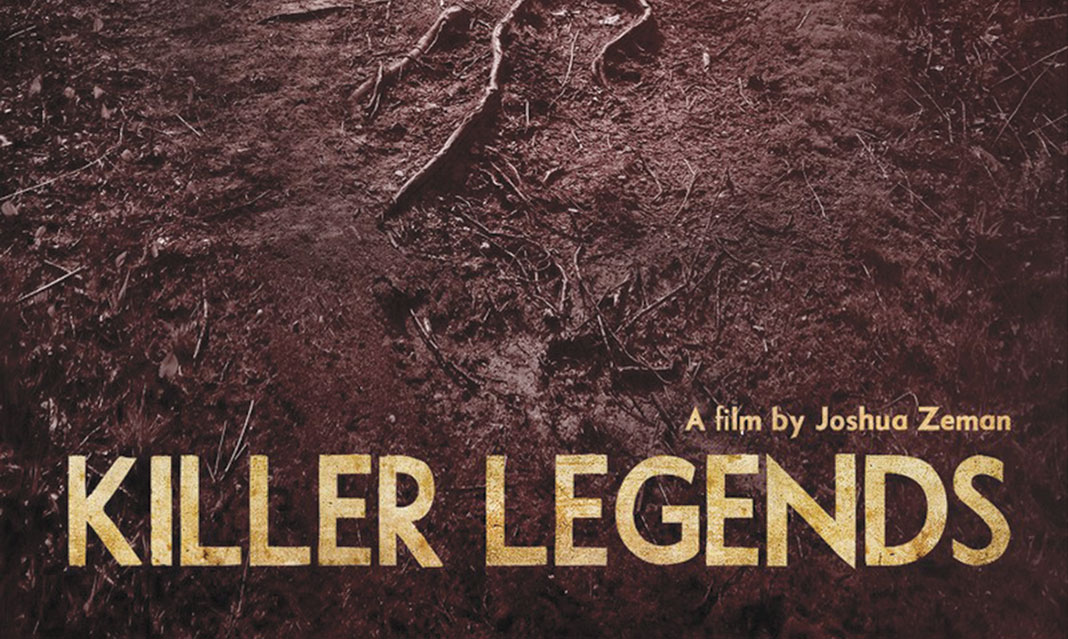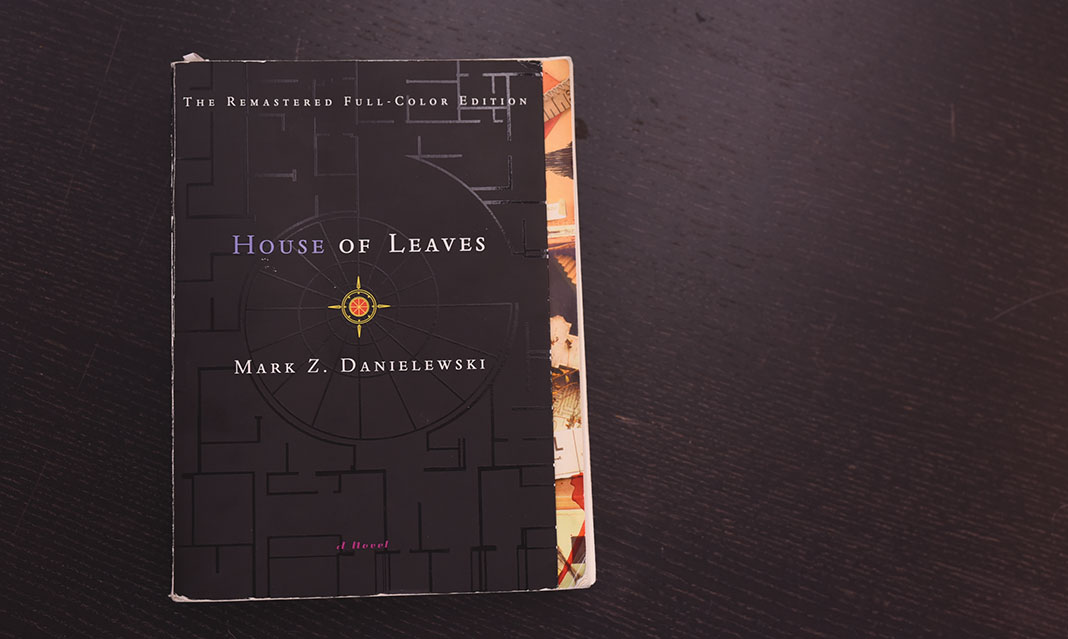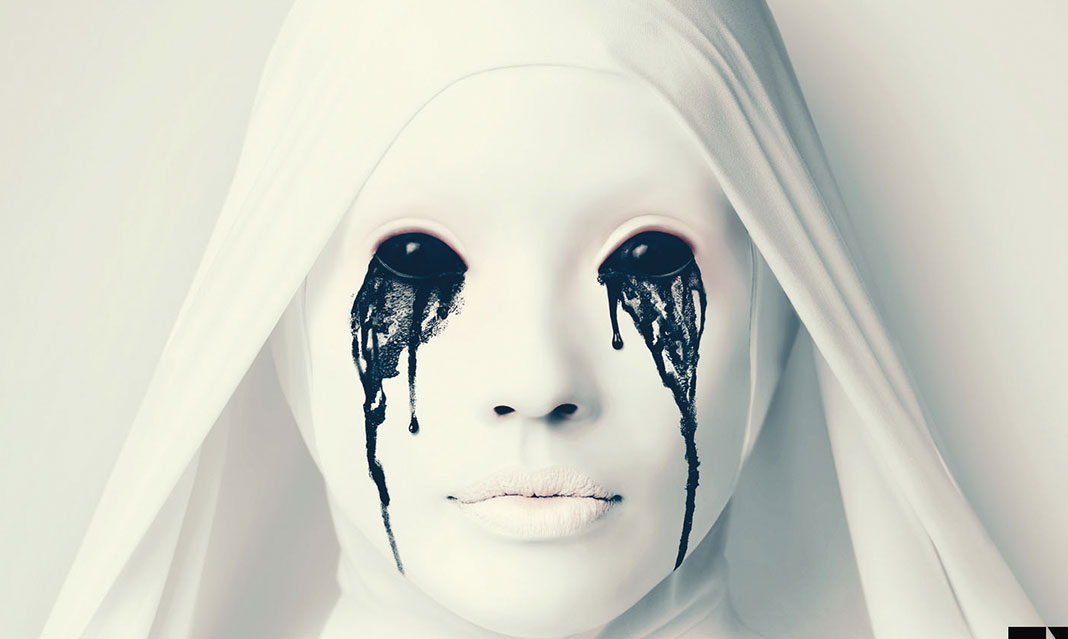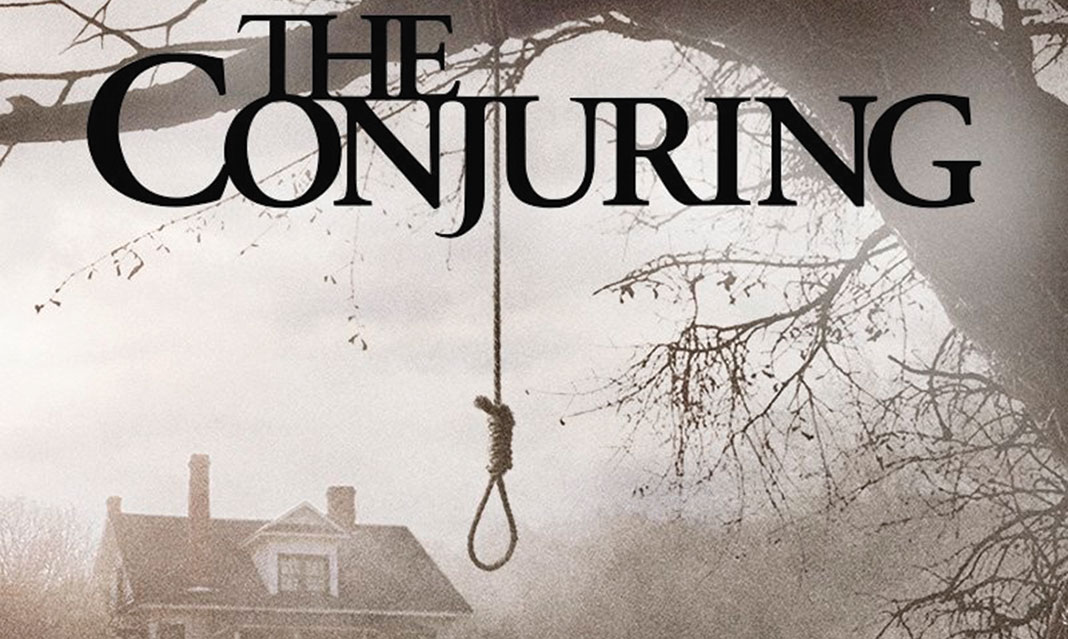There are different kinds of fear: there’s giggly fun fear, psychological spine-chillers, and jump scares. Once upon a time, fear was witches being burned and ghosts walking the earth. These days, Halloween is a tradition of candy corn and fake-blood zombies. What happened? The Medium seeks out the best of the truly terrifying to watch and read on October 31 for those too hardcore for peanut-free safe-to-share chocolate bars.
Killer Legends: the scariest movie on Netflix
Keena Al-Wahaidi
Netflix may be one of the best inventions of the decade (especially if you have the know-how to get the American version). Between episodes of Orange is the New Black, it may be time to check out a documentary or two…
It’s that time of year again—Thanksgiving is over, but the changing leaves and the smell of pumpkin spice lattes are just a reminder of all the good things to come this season. Especially Halloween.
Ah yes, Halloween. The most frightening time of the year. And what better way to celebrate it than to turn on Netflix and freak out a bit more over true, creepy horror stories?
That’s exactly what I did. Killer Legends, a documentary I recently discovered, follows the stories of urban legends. Not just their accounts, but how and why they occurred and from whose alleged “true” story they emerged.
Sure, horror movies are scary and personally, they could keep me up for a week straight. But thriller documentaries? I could spend a month as an insomniac (without a trusted teddy bear or some sleeping pills, that is).
Killer Legends isn’t scary in a physical sense, but more in a psychological way, where one might begin to sit and ponder about the things that they’re really afraid of—and why. One case they work hard to uncover is that of the man with the hook hand, who slays teenagers who get a little too intimate for his liking. When this leads the filmmakers to Texarkana, Texas, they spend quite a bit of time there and discover how the killer nicknamed “The Phantom” attacked five couples in one year.
The thing about horror movies is that it’s easy to get over them because it’s fun to watch the behind the scenes footage on YouTube, or maybe we really like one of the actors and remember that they act on a set with cameras and directors. But in documentaries, this is real. All of it. Every story, every person, every place. It’s inescapable—and maybe that’s the point.
October Country: the scariest short stories
Hailey Mason
So you thought Ray Bradbury only ever wrote Fahrenheit 451? Think again. Renowned speculative fiction writer takes things a step further with a short story collection guaranteed to give you chills—and not because of the weather.
For Ray Bradbury fans, The October Country is a must-read come Halloween time. This collection of short stories delivers a realm of macabre characters, psychological scares, and plenty of plot twists.
“Skeleton” follows Mr. Harris, a hypochondriac who becomes obsessed with the skeleton beneath his skin. Plagued by his obsession, Mr. Harris fears that his skeleton is struggling to break free from the confines of his skin—and he’s right. As his skeleton wrestles for control, Mr. Harris is drawn into a battle of strength between mind and bone. In the heat of the action is the sinister M. Munigant, a bone doctor who encourages Harris’ fears and makes a life-altering house visit at the conclusion of the story. This piece is uniquely creepy and the final scene comes with a guarantee of goosebumps.
“The Cistern” is equally chilling. The story takes place in a drab city dining room where two sisters, Juliet and Anna, sit inside watching the rain. While Juliet is indifferent to the weather, Anna is haunted by the cisterns that occupy the sub-level of the city. She envisions a man and a woman, both dead, who live in these cisterns. When the rain comes, they’re lifted from the dry basin and brought to life in a romantic and watery embrace. Anna fantasizes about the water guiding their lifeless limbs towards each other as the rain carries their bodies below the streets of the city. The imagery in this story is poetic as well as haunting. The idea of dead lovers living within the city’s cisterns, brought to life only when it rains, is something reminiscent of a Tim Burton movie.
What makes “Skeleton” and “The Cistern” so unnerving is Bradbury’s understated language. Using sparse exposition, Bradbury creeps towards a set of nightmarish conclusions. His minimalism creates suspense and ambiguity that ultimately intensify the horrors within each story. Ray Bradbury’s October Country is an eerie read that will haunt your thoughts long after you’ve turned the final page.
House of Leaves: the scariest novel
Kate Cattell-Daniels
I stumbled on House of Leaves by Mark Z. Danielewski almost by accident—a couple of my roommates were reading it for a course in video games and narrative. Copies were just lying around the house, and being a compulsive reader, I’d pick them up and flip through the pages. Physically, House of Leaves is a massive undertaking; the whole thing is 709 pages long. Plus, the narrative is anything but linear. In most novels, the reader starts at the beginning and follows the narrative to the end. But here, there are two narratives—one of which has been written entirely in the footnotes of the other. The whole thing is a framed narrative, and the layout of the book itself is bizarre—sometimes, the type is upside down or sideways, or there are five words per page, and everything is cross-referenced and footnoted into near-total obscurity.
The first line of the book’s introduction reads, “I still get nightmares. In fact, I get them so often I should be used to them by now.” I had nightmares too while I read House of Leaves. I was right out of my undergrad and feeling a little shaky anyway, but I wanted to tackle the book.
I’m a good reader. I am not put off by long words or long books, or complicated syntax. But something in House of Leaves shook me a little deeper than I thought it would.
The story follows Will Navidson, a filmmaker, his wife, Karen, and their two kids, who move into a new house only to find themselves waging a war against their living quarters. The house has a life and a mind of its own. It expands and collapses, building rooms and hallways overnight. Navidson gets a team of experts together, and they journey into the house’s labyrinth, trying to figure out why it behaves the way it does and why the dimensions on the outside don’t match those on the inside. But we get Navidson’s story through the eyes of Johnny Truant, a man who, in reading The Navidson Record—a book about the Navidson family he finds lying around—spirals rapidly into madness.
My own nightmares were full of dark hallways, bottomless pits, and shifting walls. I think the most disconcerting thing is that in this novel, the house is the antagonist. That messes with a lot of what I take for granted—my house being a safe place, where the danger is outside, not inside. In this book though, people die inside the house. They get lost, they go insane. The whole thing is very subtle, never melodramatic, but left me feeling deeply unsettled.
Since finishing House of Leaves in the spring, I don’t have nightmares anymore. But I do think about this book a lot.
American Horror Story: the scariest TV series
Adelaide Clark
American Horror Story has been running a long time—since October 2011, in fact. Directed by Brad Falchuk and Ryan Murphy, the critically acclaimed television series is based on real events that have happened throughout the course of American history.
The season that is by far the scariest is, in my opinion, American Horror Story: Asylum. If you get a kick out of horror, the opening theme for this season is enough to convince you to stay tuned.
Horror comes in many forms, and this season takes the genre to a whole new level. It focuses on the psychological side of horror as it zooms in on the lives of eccentric inmates during their time in an asylum run by unethical nuns. Featuring the recurring cast of Sarah Paulson, Evan Peters, Lily Rabe, Frances Conroy, and the ever-reigning Jessica Lange, American Horror Story: Asylum takes place in a fictional mental institution during the mid 1960s.
The reason why, I think, it’s the scariest season thus far is because some of the methods used to cure the mentally ill inmates are portrayals of actual practices doctors used back in the early 1950s to late 1960s. In this fictional asylum, Briarcliff Manor, inmates are—to put it lightly—mistreated.
Lana Winters (Paulson) is subjected to conversion therapy, a method used to turn the homosexual to heterosexual by conditioning them to vomit whenever they think about or see anything homoerotic. Then, Sister Mary Eunice (Rabe) performs an exorcism on an inmate using religious methods—this being one of the best-executed and most terrifying scenes of the season because of the jarring extraction of the Devil from a young man’s soul.
Another plotline that proves unsettling concerns an inmate by the name of “Bloody Face”. Bloody Face is a character that has severe maternal issues, who kidnaps women and uses their skin to make lampshades and furniture. Bloody Face kidnapped Winters and brought his maternal fantasies to life through role-play with her. The mask of Bloody Face is one of those disturbing images that sticks with you long after the episode is over.
One of the most chilling things about this season’s plotline is that, back then, “asylum” was really just a synonym for “jail”. In the season, the main characters have little to no freedom, and severe, old-fashioned, prison-like punishments for their actions. The costume, makeup, and preeminent acting generates a sense of the misery and zombie-like qualities of these tortured patients.
This trio of effects makes horror into an art form. And the best kind of art is meant to make you think, or in this case, make you sleep with one eye open…
The Conjuring: the scariest movie
Mayank Sharma
I’m not going to lie—I don’t get scared very easily, especially when it comes to media. In a typical group of friends, I am that guy who would be the first to suggest a horror film when deciding what to watch at the theatre. I find the experience to be exhilarating and fun, but my friends don’t usually agree. So when I had to decide on the scariest movie I had ever seen, it was a bit of a challenge.
The Conjuring is a relatively new horror film that centres on the real-life married couple Ed and Lorraine Warren (Vera Farmiga and Patrick Wilson), whose livelihood comes from being paranormal investigators. They are on the verge of retirement but are called in by a Rhode Island family who claim that they are being tormented by an evil entity. The couple are forced to face their inner demons while helping the family get rid of supernatural threats. A straightforward plot, right? It’s actually much more than that.
The first aspect of the film that drew me in was the director, James Wan, who was deemed the director who revolutionized the horror film genre with Saw. However, The Conjuring solely relies on psychological scares and the element of surprise, instead of using violence and gore. Wan’s ability to play with the audience’s psychology, along with the cast’s commendable performance, builds tension in almost every scene.
Films from the same production company, such as Insidious and Sinister, had a solid plot, and kept me hooked until the middle of the film, but then showed me too much—what the actual threat looks like. The Conjuring, on the other hand, terrified me because it caused me to rely on my imagination, which gives the “unknown” a whole other meaning.








